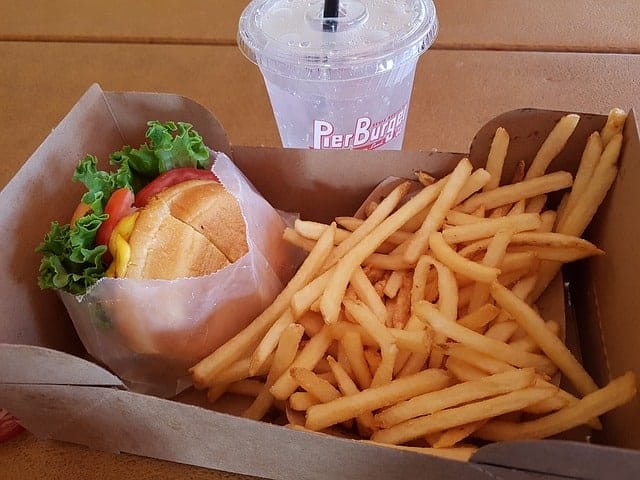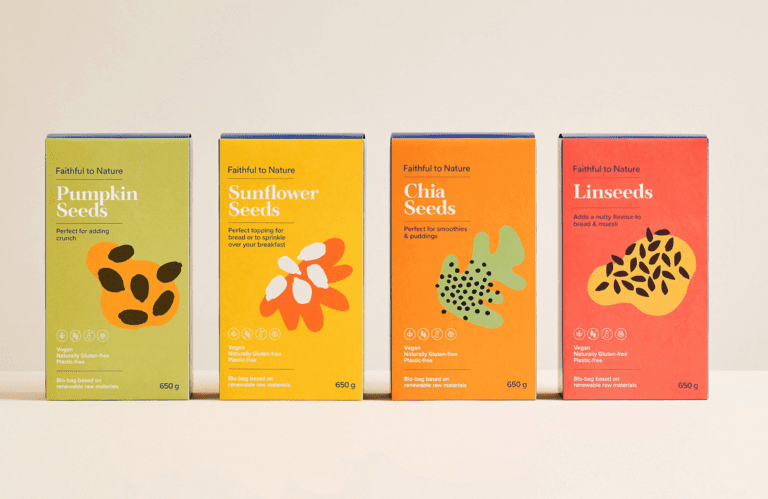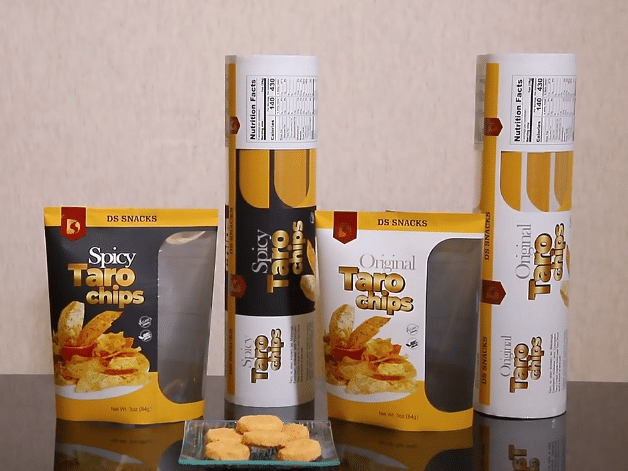How to Choose the Right Material for Food Packaging Bags
How to Choose the Right Material for Food Packaging Bags
Selecting the appropriate material for food packaging bags plays a crucial role in ensuring the safety, freshness, and environmental impact of food products. When choosing the right material for food packaging bags, several factors need to be considered, such as the intended use of the packaging, food compatibility, regulatory requirements, and sustainability goals. This article aims to provide a comprehensive guide on selecting the right material for food packaging bags, delving into the various options available and their respective advantages and limitations.
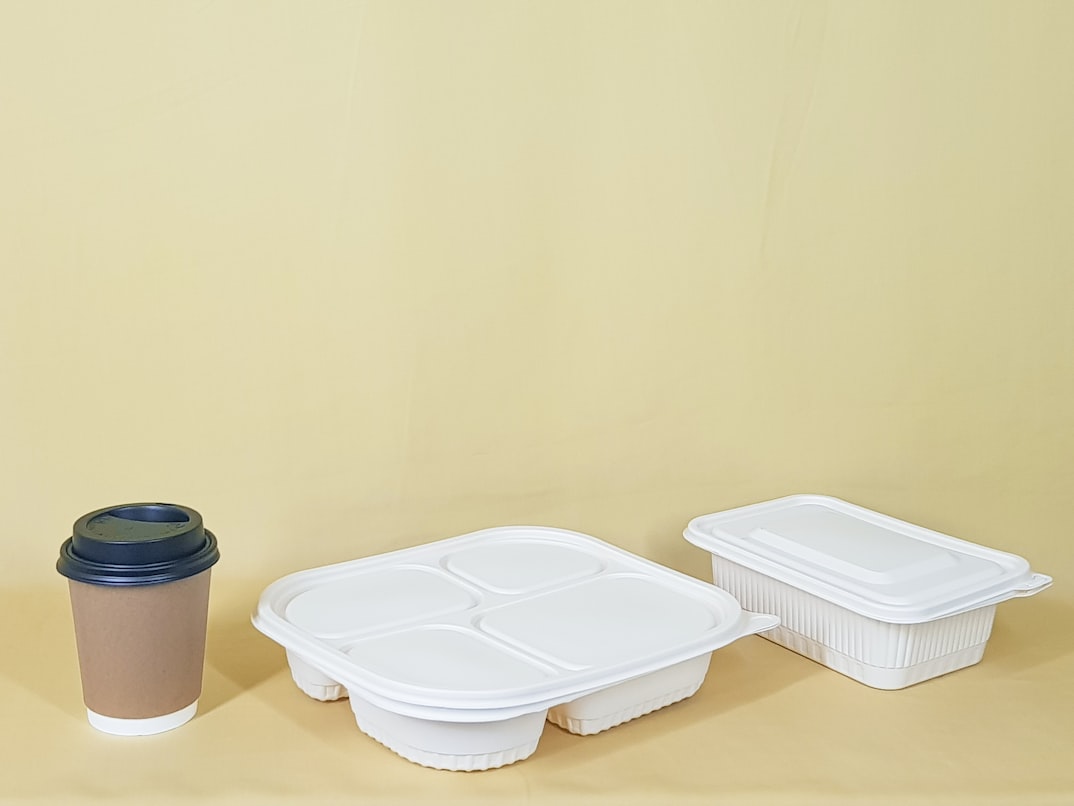
- Understanding the different types of food packaging materials:
- Plastic Materials: Exploring the characteristics of common plastics used in food packaging, such as polyethylene (PE), polypropylene (PP), and polyethylene terephthalate (PET).
- Paper and Cardboard: Analyzing the suitability of paper and cardboard for different types of food products and their environmental impact.
- Metal Packaging: Examining the use of aluminum and tinplate for food packaging and their benefits in terms of product protection and shelf life.
- Biodegradable and Compostable Materials: Discussing the rise of biodegradable and compostable materials as sustainable alternatives to traditional packaging materials.
- Factors to consider when choosing a material:
- Food safety: Evaluating the material’s ability to maintain food quality and prevent contamination.
- Barrier properties: Assessing the material’s ability to provide an effective barrier against moisture, oxygen, light, and other external factors.
- Shelf life extension: Exploring how different materials contribute to extending the shelf life of food products.
- Environmental impact: Considering the environmental impact of each material, including factors such as recyclability, biodegradability, and carbon footprint.
- Regulatory compliance: Understanding the relevant regulations and guidelines governing food packaging materials to ensure compliance and consumer safety.
- Applications and suitability of different materials:
- Fresh produce packaging: Evaluating the best materials for packaging fresh fruits, vegetables, and salads to maintain their freshness and prolong shelf life.
- Frozen food packaging: Exploring materials with excellent moisture resistance and low-temperature performance for packaging frozen food products.
- Ready-to-eat meals and convenience food packaging: Discussing materials that offer convenience, microwaveability, and heat resistance for packaging ready-to-eat meals.
- Liquid and beverage packaging: Analyzing the suitability of materials for packaging liquids, including juices, sauces, and beverages.
- Snack and confectionery packaging: Examining materials that provide barrier properties, ensuring the freshness and integrity of snack and confectionery products.
- The future of sustainable food packaging materials:
- Innovations in bioplastics: Discussing the development of bio-based plastics derived from renewable resources as viable alternatives to traditional plastics.
- Circular economy initiatives: Exploring the concept of a circular economy and its application to food packaging, including the use of recycled materials and compostable packaging.
- Consumer perception and demand for sustainable packaging: Discussing the growing awareness and demand for environmentally friendly packaging among consumers.
- Collaborations and industry efforts: Highlighting collaborative efforts between stakeholders in the food packaging industry to drive innovation and sustainability.
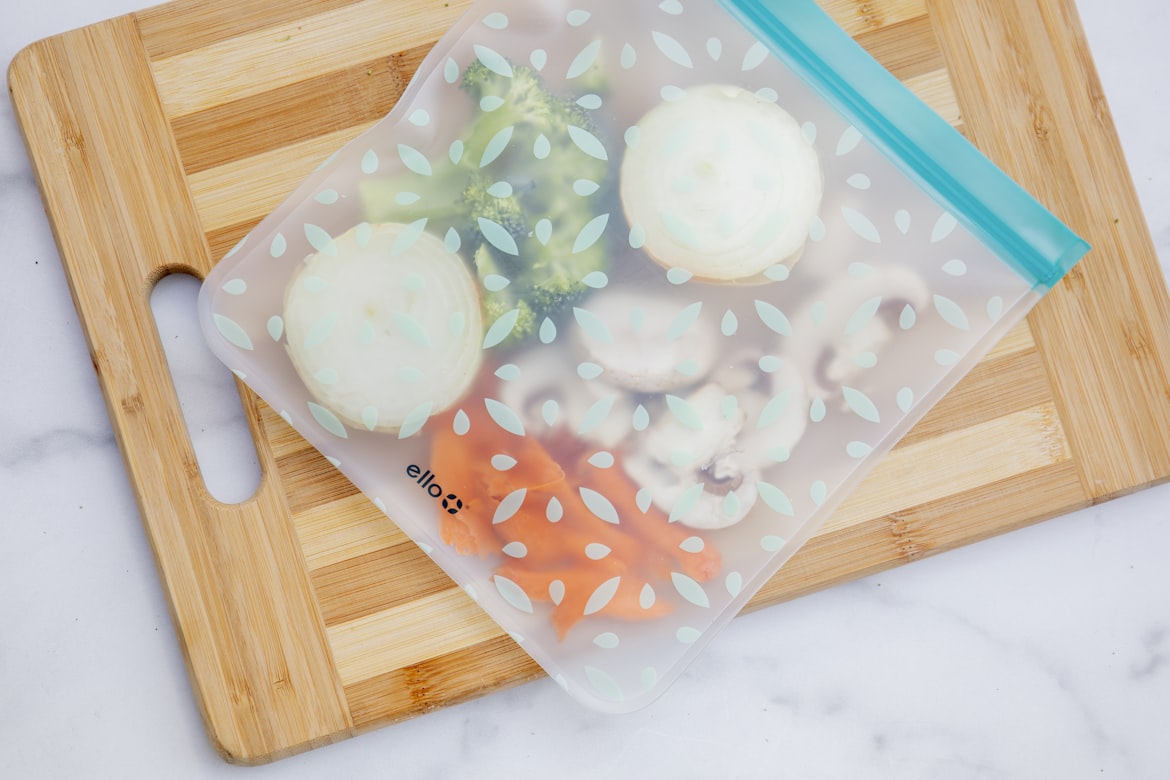
Conclusion:
Choosing the right material for food packaging bags is a critical decision with implications for food safety, product freshness, and environmental impact. By considering the intended use, food compatibility, regulatory compliance, and sustainability goals, businesses can make informed choices and contribute to a more sustainable and responsible food packaging industry. Embracing innovative materials and adopting a circular economy approach will pave the way for a future where food packaging is both functional and environmentally conscious.
contact our food packaging experts

